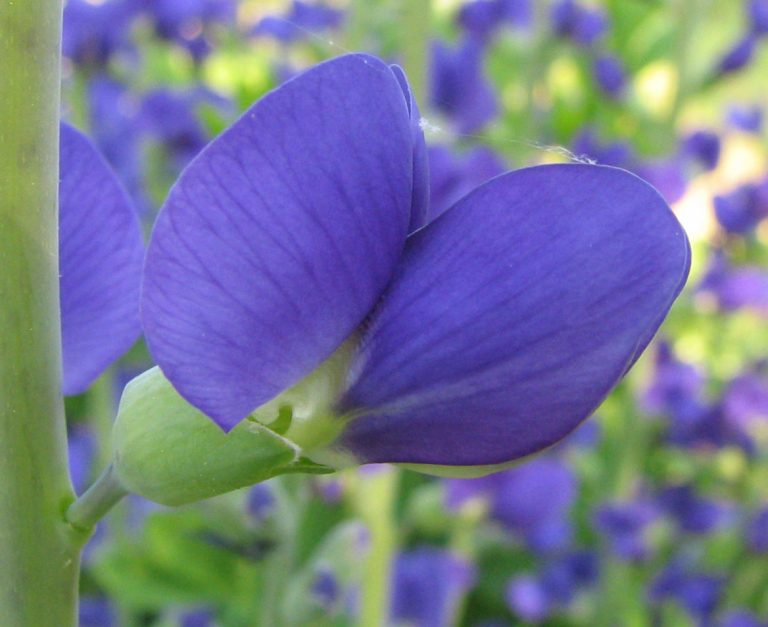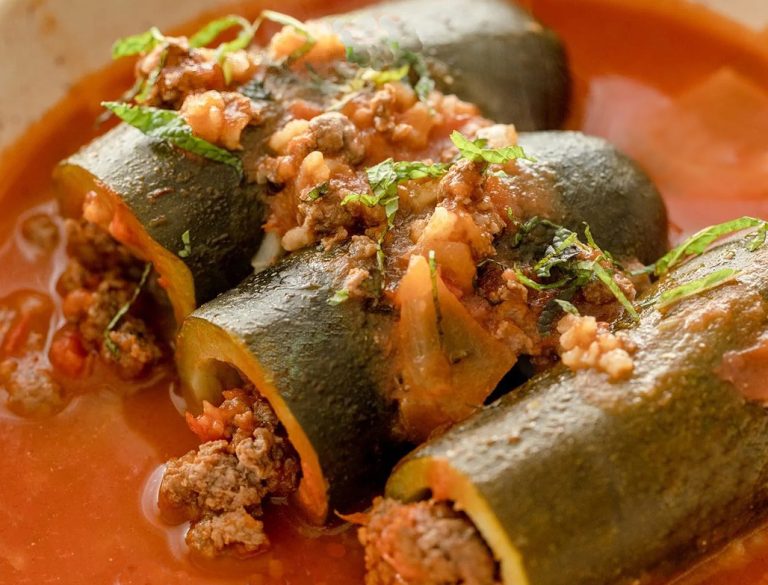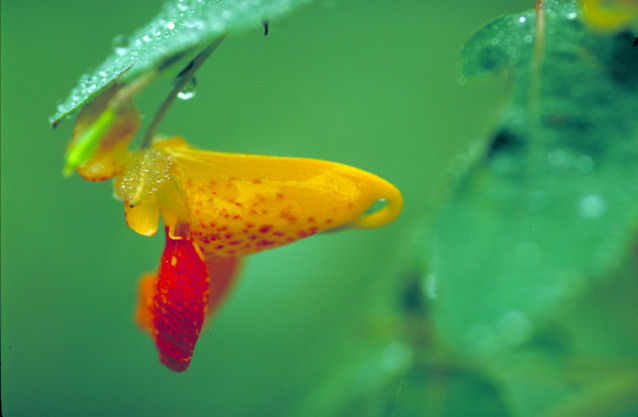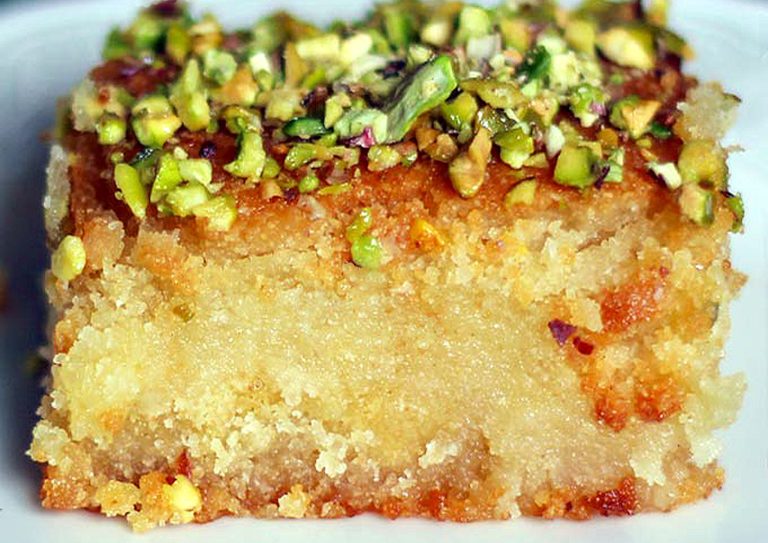Indigo is not only a color, but also a subject of much botanical interest. Best known as a source of rich, blue dye, true indigo (Indigofera tinctoria) is grown in tropical and subtropical areas around the world. Named for its country of origin (India) which began exporting the dye to Europe in the 1600s, the genus Indigofera includes over 750 species, with many reported uses in traditional medicine.
True indigo is only hardy in USDA zones 10 and above, however; and although it can be grown as an annual, its appearance is not so striking as its cousin — our native “false indigo.” For these reasons, here we will focus on false indigo (Baptisia australis).
Although they are two different genera, both belong to the legume (Fabaceae) family. This perennial shrub, also known as “wild indigo,” also boasts a host of medicinal properties; and with its captivating spikes of blue flowers, it makes a lovely addition to any garden.
True and false indigo plants
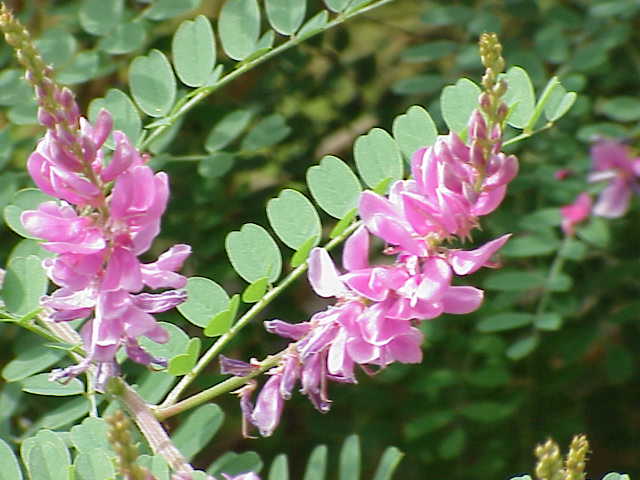
When grown in their native climate, most plants in the genus Indigofera (true indigoes) are woody shrubs. They have pinnately compound leaves, and flower color ranges from pink and purple to white. The natural blue dye is obtained from the foliage, through a three-step fermentation process.
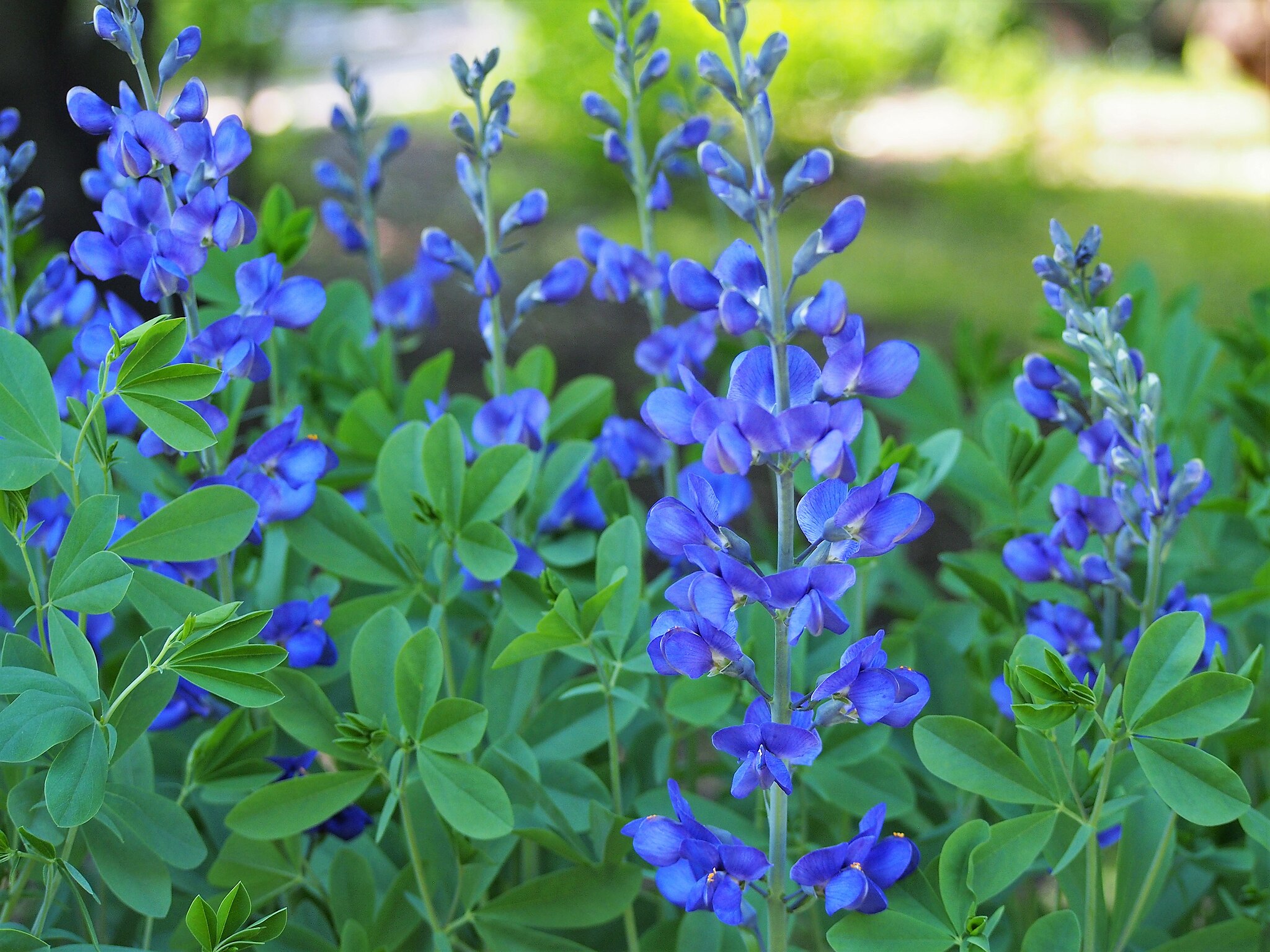
There are only a couple dozen species of Baptisia (false indigo), all of which are native to North America. These herbaceous perennials have a shrub-like appearance, with attractive, trifoliate leaves. The flower spikes, which vary in color by species, rise above the mass of foliage for a showy display in late spring and early summer.
Success
You are now signed up for our newsletter
Success
Check your email to complete sign up
False indigo has a sturdy taproot, but the leaves and stems die back early in the season, due to enzymatic reactions similar to those employed for the creation of dye from true indigo. In fact, the genus is named for the Latin baptisis, or “dipping,” indicative of its traditional use as a light blue dye.
Like all legumes, false indigo bears its seeds in a pod, extending its seasonal interest. The dried pods can be shaken for an audible experience, and the seeds are easy to harvest for propagation.
Traditional uses
Most traditional Baptisia remedies were derived from the root, but other parts of the plant have been used as well. For instance, an ointment made from buffalo fat and powdered seeds was used to alleviate colic; and snake bites were treated with an astringent, antiseptic tea made from the stalks and foliage.
A tea from the root had many applications. It could be taken to treat illnesses like typhoid and scarlet fever. It was applied to all sorts of injuries (including gaping wounds), cramps, and ulcers, for pain relief, reduced swelling, and improved healing. It was also used as an emetic (to induce vomiting) and a purgative (strong laxative).
In the 19th century, wild indigo was promoted among Eclectic physicians (early naturopaths) as an immunity booster. It was widely used in the treatment of all conditions relating to the lymphatic system, especially when blended with cleavers and poke root.
In combination with Echinacea it could be used against chronic fatigue or viral conditions; and with myrrh it helped heal infections and wounds.
Medicinal properties
According to traditional Chinese medicine, Baptisia has a cooling and purifying effect. It is seen as alterative, antiseptic, antimicrobial, anticatarrhal (mucus-removing), emetic (induces vomiting), fever-reducing, immune-boosting, and purgative. Western medicine also recognizes this plant for its alterative, emetic, and laxative properties.
Modern science tells us that Baptisia, like many leguminous plants, is a good source of isoflavones. These phytoestrogens are both antioxidant and anti-inflammatory. They can help regulate hormone levels and reduce fatigue and irritability.
Baptisia is beneficial for liver health, as it stimulates an increased production of bile — an alkaline fluid that helps eliminate waste and break down consumed fats.
The notable immune-boosting effect of Baptisia may be due to the presence of glycoproteins — protein molecules that facilitate binding, communication and protection at the cellular level.
Baptisia has also proven to be an excellent astringent and antiseptic, making it effective against bacterial infection.
Growing false indigo
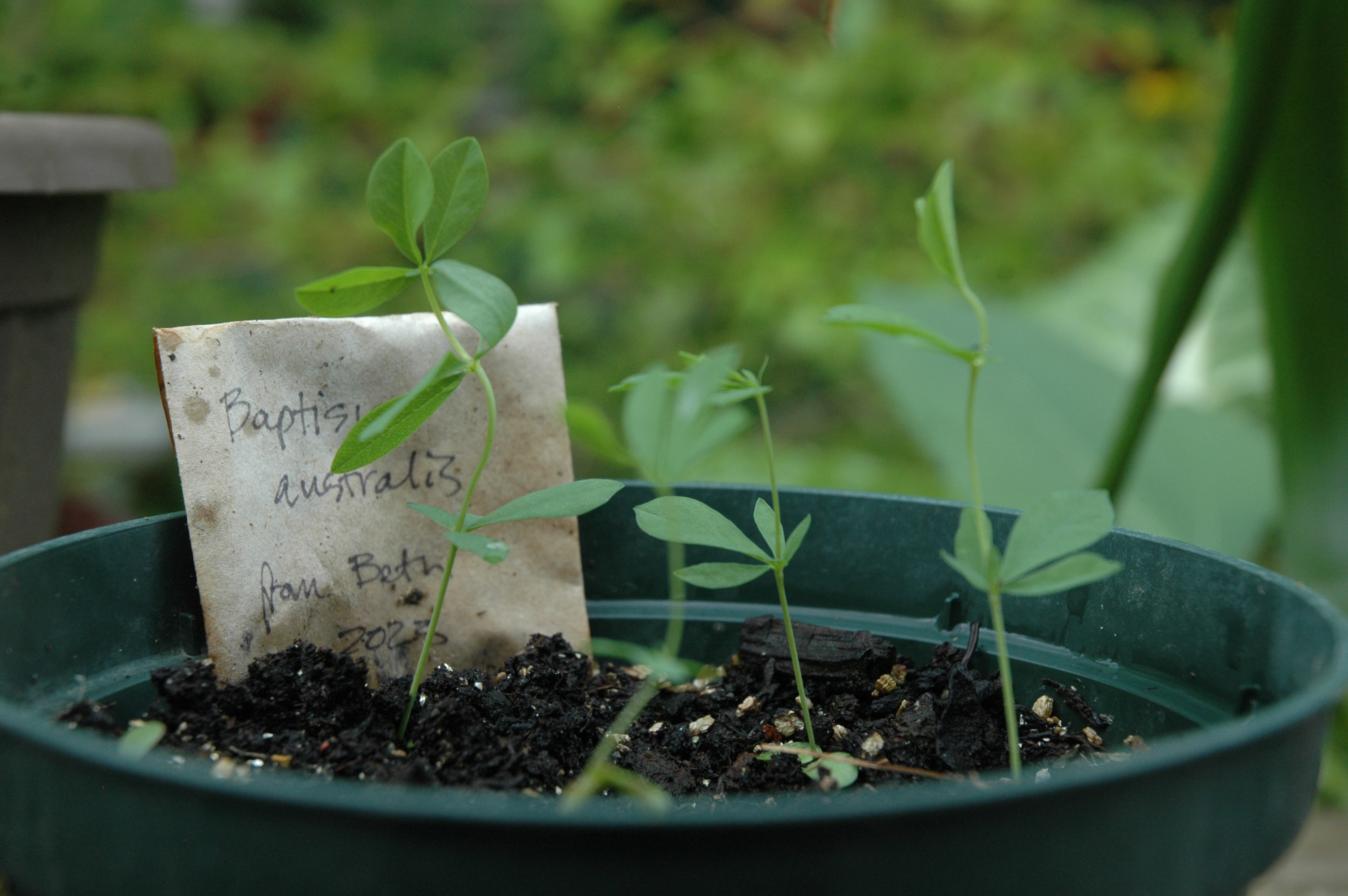
As a native plant, Baptisia is well adapted to thrive in most areas of the US. You can buy young plants from a nursery in the spring, but it also starts easily from seed — which can be sown directly in the ground. Choose an area with full sun. Container growing is not recommended.
Space the plants according to the width, which varies by species. Keep them moist for the first year, and they will establish deep tap roots that will enable them to tolerate drought in the coming years.
The loose clusters of stems may need support to prevent them from flopping over. Otherwise they require little maintenance. Baptisia is pest-resistant — it contains alkaloids that are toxic to many insects, and most mammals are not fond of its strong, bitter flavor. Fertilizer is not recommended.
After the stems die in the fall, you can either cut them back for a tidy appearance, or leave them until early spring. It’s good to eventually remove debris from the crown to give new growth room to emerge in the spring. Collect some of the dried seed heads for an interesting ornament or for sharing your treasure.
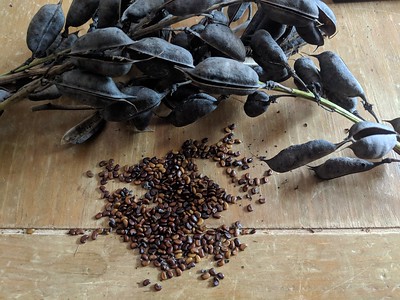
It may take one or two seasons for your plants to mature and flower. The flowers can be used in arrangements, but should be hydrated immediately upon cutting.
False indigo remedies
Since most traditional remedies were made from the roots, you will want to let your plants get well established before tinkering with their lifeline. Once you have enough to spare, you can try making a tea or tincture with the fresh or dried root.
Because of the potential toxicity, however, you should proceed with caution and consult an experienced herbalist before taking Baptisia remedies. Perhaps enjoying the plant for its beauty and respecting its potential power is the best medicine of all.



